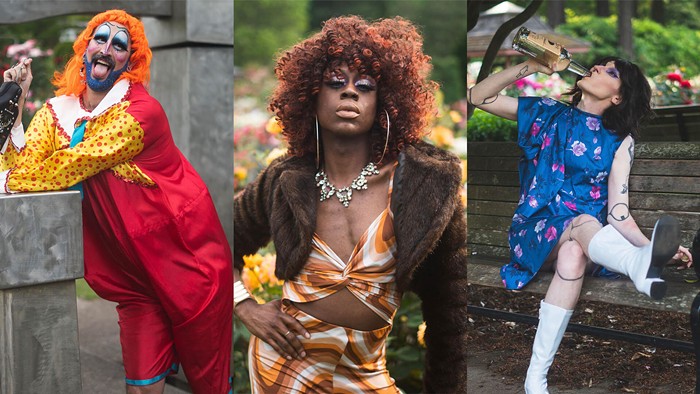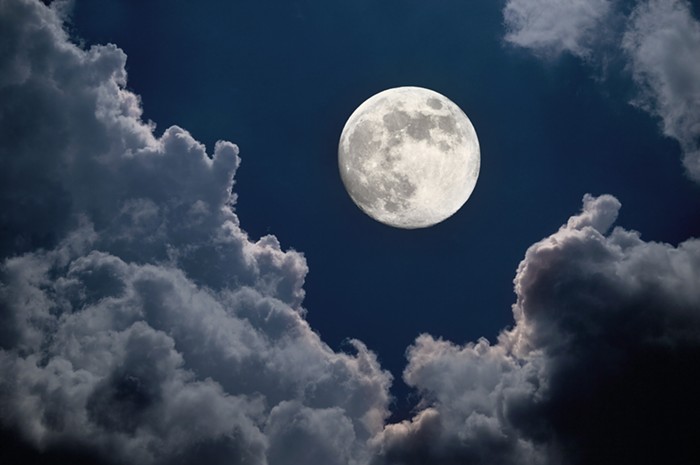Yes, you read that correctly: Aging weed is becoming a thing. A tasty, interesting, and beautiful thing. Just like wine lovers know their preferred grapes and vineyards, weed smokers may soon be able to choose between different vintages of pot.
This is still on the cutting edge of the industry. I’ve asked around for years if anyone was aging pot, but it wasn’t until a couple of months ago that I finally found someone intentionally doing so. At the SunCup in Seattle, a competition for Washington State’s outdoor farmers, I heard CannaSol was sending two vintages of their Alice in Wonderland strain, one grown in 2017 and one grown in 2016, to Pearl Extracts, where they would be processed into vape cartridges.
A month later, I was getting a tour of Pearl Extracts’ scrappy extraction lab in West Seattle. Greg Shaw, one of the founders and owners of Pearl, showed me their supercritical CO2 machines, where cannabis concentrates are made by combining flower and pressurized carbon dioxide. Then he handed me two black vape pens, each filled with a different vintage.
I giddily walked out the front door and inhaled the 2017 vintage. It tasted like flowers, with a gentle sweetness. I then excitedly switched to the 2016 vintage and took a deep breath.
Freshly harvested weed needs to be cured before it can be smoked, a process that drops its moisture content, increases the amount of THC present, and stabilizes its profile of terpenes (the aromatic oils that give pot its flavor). Aging weed beyond that initial cure can sometimes create entirely new flavor profiles, according to Joe Edwards, one of the few experts in cannabis aging and a vice president at the Denver company Yofumo. Yofumo sells state-of-the-art cannabis curing equipment. “What we actually see is a maturation of terpenes and cannabinoid profiles over time,” Edwards said.
Not all strains age the same. Some pot will quickly lose its flavor, while other strains will develop a flavor profile that is stable for years. And then there’s a third category, what Edwards calls the “terpene flip.” This is when a strain develops entirely new flavors with age. I asked him for an example, and he described a strain called Cherry Lime Haze that he aged for years.
“The first 90 days, it was a bubbly, light lemon-lime, and then it began to muddle, and then it became a beautiful, rich, dark cherry,” Edwards said.
Back to the Alice in Wonderland vintages in the vape pens. Was the flavor wildly different? Did aging have a dramatic effect? I wouldn’t describe what happened to the Alice in Wonderland flavors as a terpene flip, but I did detect a casual terpene turn. The 2016 vintage had a similar floral character to the 2017, but with more of an earthy aroma. I switched back to the 2017 vintage and I noticed it had a pronounced sweetness, then back to the 2016 and I noticed a bit of peppery flavor. There were differences, but they were more subtle than extreme.
Interestingly, according to lab reports, the 2016 vintage actually had more terpenes (5.6 percent) than the fresher 2017 vintage (4.1 percent). That’s counterintuitive in some ways—terpenes are thought to generally reduce over time—but it also shows how different growing seasons produce different results. The 2016 vintage also had considerably more cannabinol, an extremely sedative cannabinoid that THC turns into with time.
Just like the same wine from the same vineyard will be different from year to year, so will outdoor pot grown at the same farm. Don’t be surprised when a visit to the pot shop includes not only a choice between two different strains, but also two different vintages.












